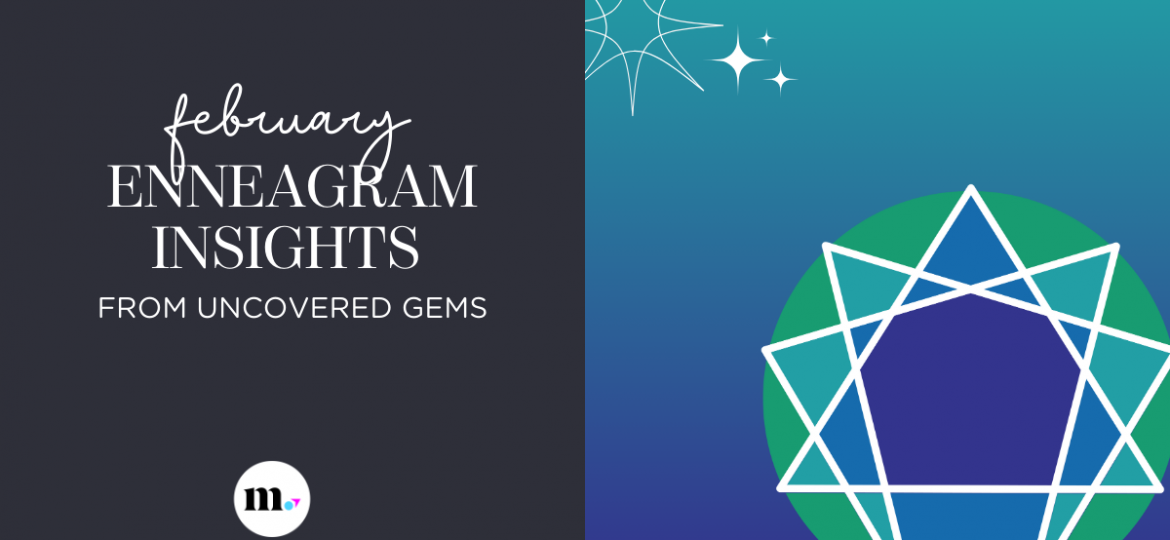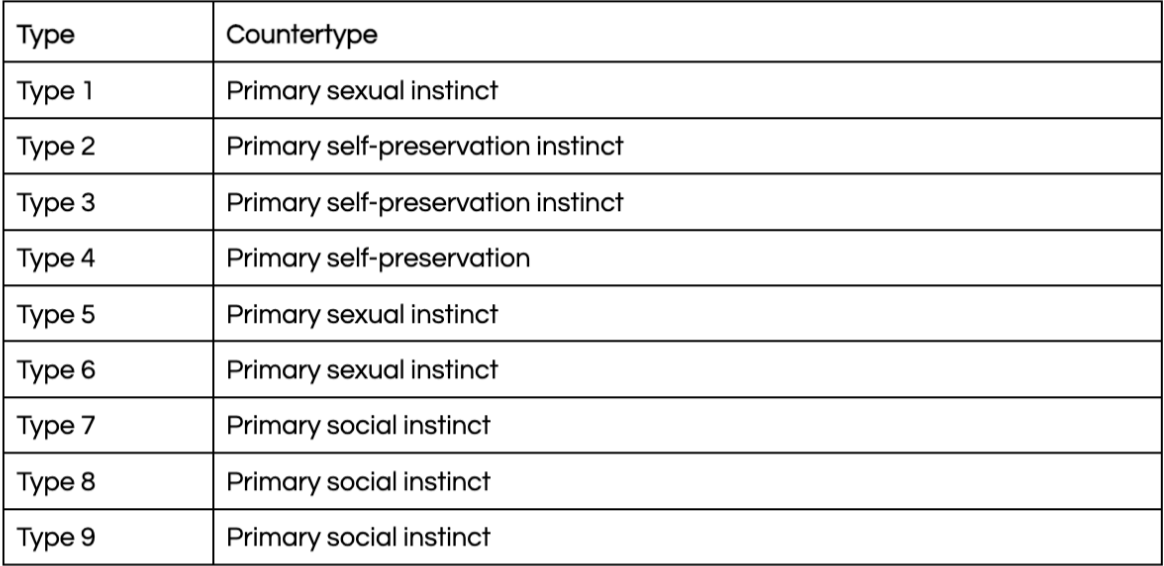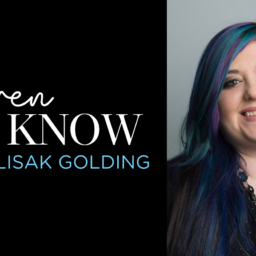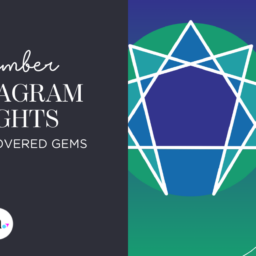
 Welcome to Indy Maven’s Enneagram column coming by way of Jenn Lisak Golding of Uncovered Gems. Check out her website for even more info from the world of Enneagram, or to book a private session.
Welcome to Indy Maven’s Enneagram column coming by way of Jenn Lisak Golding of Uncovered Gems. Check out her website for even more info from the world of Enneagram, or to book a private session.
Did you know that there is something in the Enneagram called a countertype? Before I go any further, in order to understand what a countertype is, you also need to know how instincts play a part in influencing how our type shows up. Take a quick dive into the Enneagram instincts piece to get a quick recap. But let’s also quickly review the instincts and why they matter.
One of the most powerful things I learned during my Enneagram certification was about the insights and how they play a part in influencing how our type shows up. This adds a whole other layer of depth to understanding ourselves and our Enneagram type. There are three insights: self-preservation (SP), social (SO), and sexual/relational (SX).
We are born with self-preservation, which is a containing energy focused on well-being and health, resource and resource management, and home and nesting. Our social instinct starts to develop when we start to socialize, typically from a young age. This wider view focuses on reading and interpreting others, bonding and affiliating, and contribution. Finally, the sexual instinct is an expansive energy that starts to develop at the onset of puberty. It focuses on evolution, broadcasting and attraction, and immersion.
We all have a different instinct stack, which is the order of dominant to dormant instincts. Typically, we have a primary instinct, a secondary instinct, then a more neutral or dormant instinct. This instinct stack directly impacts how our type shows up, and this is where countertypes can come into play.
Essentially, countertypes in the Enneagram are a result of someone who has a primary instinct that doesn’t match to stereotypical description of that type. For every type, there is a primary instinct that can create a countertype. Let me give you an example.
As a type 2, my core motivation is to be loved, wanted, and needed. As such, I’m a generous person focusing on giving to others. My focus is external, and my instinct stack is SO/SX/SP. However, a countertype happens when someone has a primary instinct of self-preservation as a type 2. Because SP is a containing energy typically focused internally instead of externally, this means that particular type 2 might not present some of the same behaviors as other type 2s. This can also result in mistyping because they don’t necessarily exhibit the generalized behaviors of that type.
To be clear, this is in no way a bad thing; it’s a fascinating thing and reaffirms that we’re multi-faceted humans! I love when a countertype pops up in a typing interview. It’s a nice challenge to identify and also see how instincts truly impact how we interact in the world.
In the Enneagram, there are 27 subtypes (nine types that each have three subtypes). Nine of those subtypes are countertypes:

Fascinating, isn’t it? I love digging into the greater nuances of human nature and behavior.
If you want to know your instinct stack, there are a variety of free tests out there, but this test has been the best one I’ve found so far. I encourage you to dive in and learn a bit more about your instinct stack—you might even be a countertype and didn’t even know it!
Jenn Lisak Golding is a certified Enneagram coach through The Art of Growth and the face behind Uncovered Gems. She is also the founder and owner of the sister brand Sapphire Strategy, a measured marketing agency. As a long-time fan of emotional intelligence, Jenn is passionate about helping individuals, teams, and leaders on their personal and professional growth journeys.
All of our content—including this article—is completely free. However, we’d love if you would please consider supporting our journalism with an Indy Maven Digital membership.





















